
Let’s cut straight to the cheese chase: every once in a while, we all overeat.
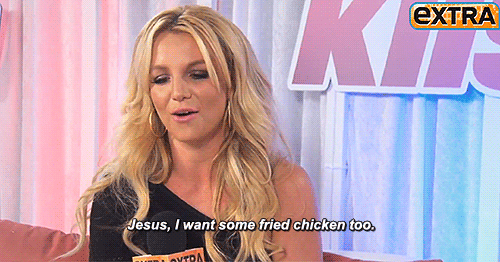 after hungover u smashes a large big mac meal
after hungover u smashes a large big mac meal
Sure, while going for that second bowlful of your Mama’s famous spaghetti meatballs shouldn’t be a nightly occurrence, sometimes these things happens. Sometimes you just feel like eating until your tummy hurts a little. That’s a natural part of life, and you shouldn’t beat yourself up over it.
But after eating more than your body needs, it’s not uncommon to feel sluggish and a little guilty. Your first instinct may very well be to go for a jog to burn off some of those excess calories. (In fairness, even walking right after a big meal can aid digestion, making you feel a little lighter.)
You might be surprised, though, at how many calories the act of just existing burns. Turns out doing the dishes or having sex after a big meal might do the trick even better than a sweat sesh does.
50% – 80% of our total energy expenditure isn’t used during that a self-flagellating uphill sprint; instead, it’s used to keep us alive. We spoke to Kate Save, Accredited Practicing Dietitian, Exercise Physiologist and founder of Be Fit Food, about how many calories everyday, essential activities burn.
First, it’s important to get a handle on what a ‘calorie’ is. exactly.
“The food we eat provides energy referred to as calories (Cal),” explains Save.
“The amount of calories/kilojoules (energy) in a particular food or meal depends on the amounts of protein, carbohydrates and fat the food contains. In Australia, we refer to energy in kilojoules (kJ) rather than calories given it’s like the metric vs the imperial system when we talk about meters vs feet to measure distance. So 1 Calorie or kilocalorie = 4.18 kilojoules.”
Right. Calories are basically just a way of measuring energy.
Second, Save explains that everybody burns calories at different rates. “The body’s metabolism (or metabolic rate) is determined by 4 key variants.”
These include Basal Metabolic Rate (which is determined by a range of things like height, weight, fevers, stress, muscles mass, environmental temperature and caffeine), physical activity, thermic effect of foods (the energy needed to eat, digest and metabolise food) and NEAT, which is energy expended during non-exercise movement, including fidgeting and spontaneous movement.
NEAT is what happens when we feel like we’re doing nothing at all. Me typing this out on my computer constitutes as NEAT. And that’s neat.

So how many calories do other mundane, everyday activities burn? If you’re a 70kg adult, here’s a rough estimate of how many calories an hour of everyday activities-doing will burn*.
(*This is calculated using MET – this is an index for measuring the intensity of activities and how much energy they expend. For example, sleeping is thought to be around 0.9-1.0MET and running can be up to around 23 MET for an athlete who runs at an extremely fast sprinting speed of 22.5km/hr (pace of 2min40sec per kilometre). For example, a MET of 2.0 would require more than 2 x the energy of sleeping approx. MET 0.9-1.0. MET is a reference value of 1kcal/kg/hr and it refers to a typical metabolism at rest of an ‘average’ person.)
Standing – 126 calories
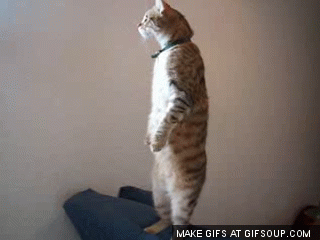
Walking at an easy pace – 245 calories

Talking – 105 calories
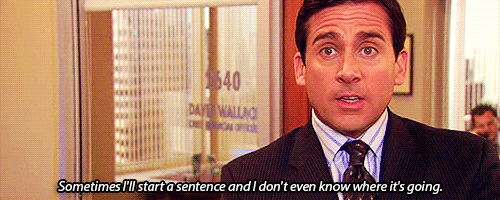
Eating dinner – 105 calories

Having sex – 126 to 196 calories

Watching TV – 91 calories
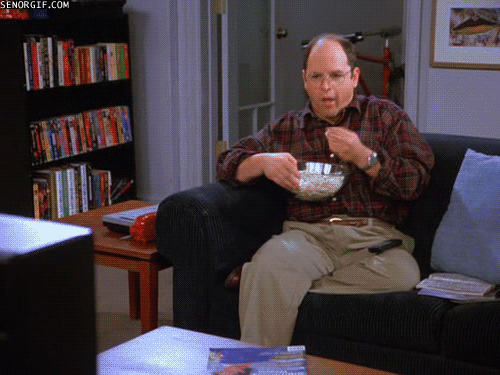
Driving – 175 calories
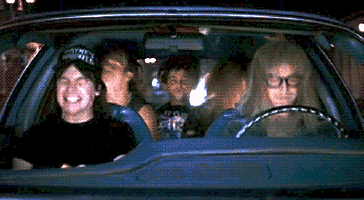
Showering – 140 calories
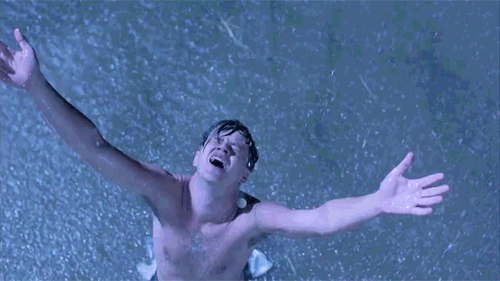
Washing dishes – 175 calories

Vacuuming – 231 calories

Cooking – 245 calories

So there you go. While whipping yourself into shape in the gym is always worth it, don’t discount the small stuff. Every little flip of your pancakes counts.
AAMI Health Insurance sponsors this page.
AAMI Health Insurance is issued by nib health funds limited ABN 83 000 124 381 (nib) a registered private health insurer and is arranged by Suncorp Insurance Ventures as an authorised agent of nib for which it receives commission.



